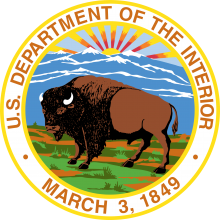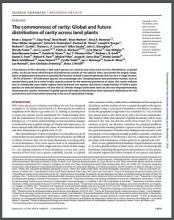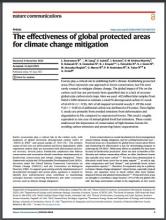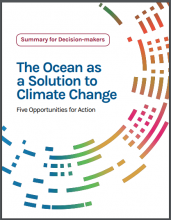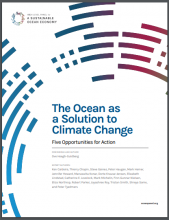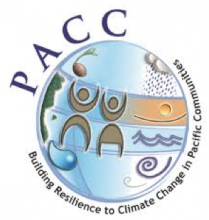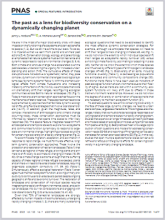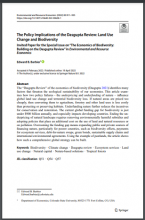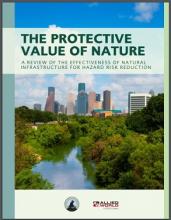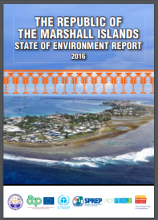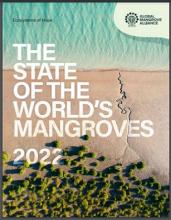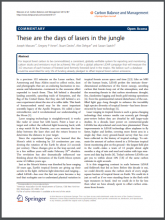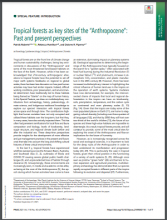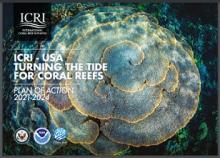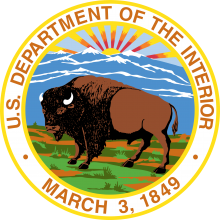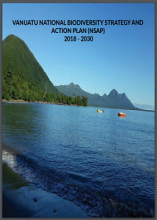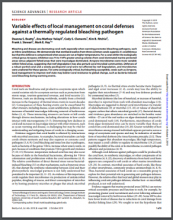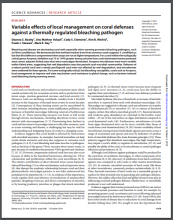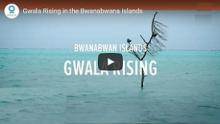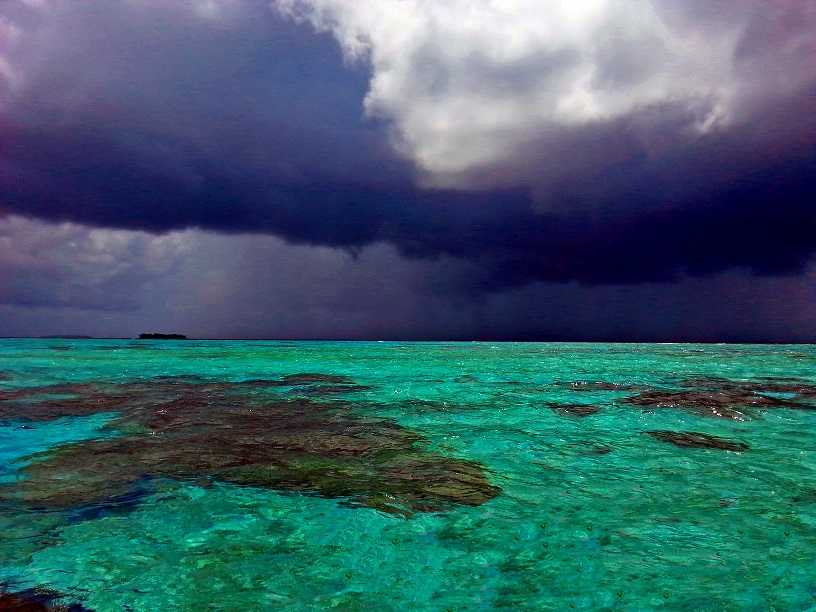
The Pacific Islands are extremely vulnerable to the effects of a changing climate. However, incorporating climate change components into protected area planning is a relatively new field and for some practitioners, has not been considered in management planning or implementation. The resources in this section are intended to assist practitioners with monitoring, managing and adapting for climate change within a protected areas framework.
For further information on climate change in the Pacific, visit the Pacific Climate Change Portal which aims to ensure that climate change‐related information and tools held by regional and national institutions in the Pacific Islands are readily accessible in a coordinated and user-friendly manner.
Traditional Knowledge for Adapting to Climate Change
Traditional Knowledge Adapting to Climate Change: Safeguarding intangible cultural heritage in the Pacific
Videos of the Pacific Adaptation to Climate Change (PACC) project
Videos are an incredibly powerful tool for communicating dense information quickly. Videos of the Pacific Adaptation to Climate Change (PACC) project. We've put together a video playlist here.


